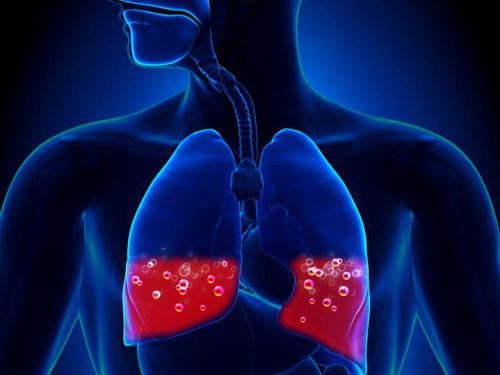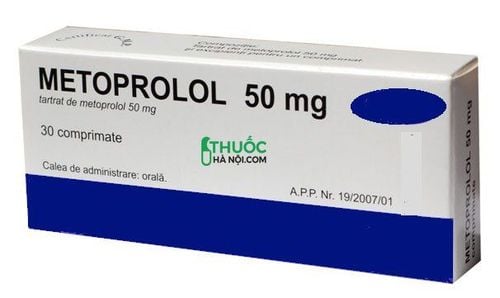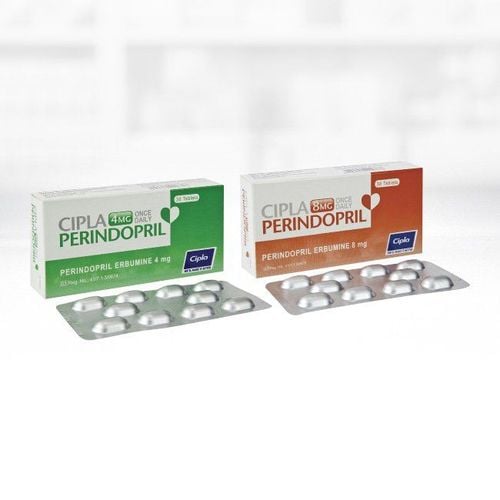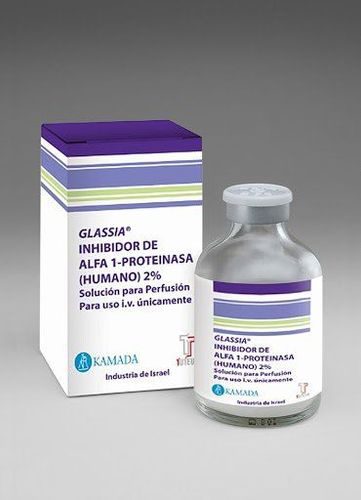This is an automatically translated article.
The article is professionally consulted by Master, Doctor Nguyen Huy Nhat - Respiratory Doctor - Department of Medical Examination & Internal Medicine - Vinmec Danang International General HospitalPulmonary edema is a condition of excess fluid in the lungs, pulmonary edema can cause many dangerous complications.
1. Pulmonary edema
Pulmonary edema is an excess of fluid in the lungs. Fluid collects in the many air sacs in the lungs (alveoli), making it difficult to breathe. The most common cause of pulmonary edema is heart failure (this is called cardiogenic pulmonary edema). However, pulmonary edema can be caused by many other conditions that are not directly related to the heart (noncardiac pulmonary edema).Patient with sudden pulmonary edema requires urgent hospitalization, this is an emergency condition. Treatment includes oxygen, medications to remove fluid from the lungs (diuretics), and other medications that help the heart work more efficiently. In addition, there are many treatment measures depending on the cause of pulmonary edema. Pulmonary edema can be life-threatening, especially if not treated promptly.
2. Causes of pulmonary edema
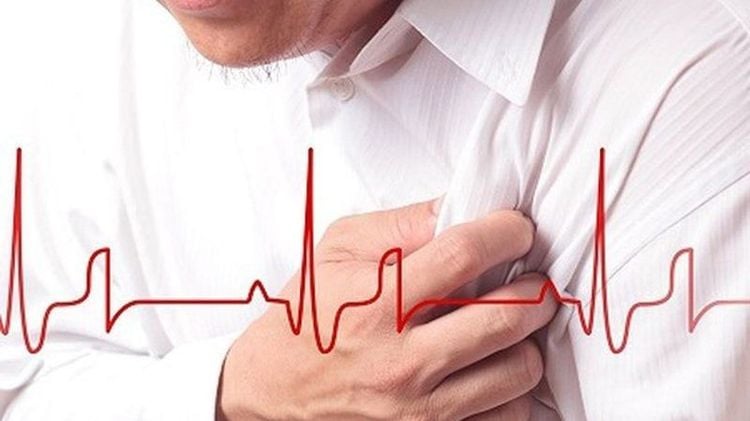
Increased pressure in the blood vessels in the lungs (pulmonary hypertension). This condition often occurs with heart failure; Damage to the very small blood vessels (capillaries) in the lungs, making it easier for fluid to enter the lungs. This condition occurs with lung damage, for example from smoke inhalation or pneumonia. Impaired lymphatic function (which helps remove fluid from the lungs). Pulmonary edema is usually caused by heart failure. When the heart can't pump blood efficiently around the body, the amount of blood that the veins carry through the lungs to the left heart increases. As the pressure in these blood vessels increases, fluid is pushed into the air sacs (alveoli) in the lungs. This amount of fluid reduces the transport of oxygen through the lungs, making it difficult to breathe.
Heart failure causing pulmonary edema can have many different causes. These causes include:
Myocardial infarction; Any heart disease that causes weakness or hardening of the heart muscle, such as hypertrophic cardiomyopathy or dilated cardiomyopathy; Narrowing or regurgitation of heart valves (mitral or aortic valve); Irregular heartbeat; Sudden, severe high blood pressure. Pulmonary edema can also be caused by conditions other than heart disease, including:
Going to high mountains; Acute respiratory distress syndrome in adults (ARDS); Acute kidney injury or chronic kidney disease; Lung damage from toxic gases or severe infections; After a serious injury. Symptoms of pulmonary edema may include coughing up blood or pink frothy sputum, difficulty breathing while lying down, or the inability to speak complete sentences due to difficulty breathing. Sometimes the patient needs to sleep with the pillow elevated over the head and upper body. Other symptoms include anxiety or irritability, impaired consciousness, and sweating.
3. Diagnosis of pulmonary edema
To diagnose pulmonary edema, your doctor will do an exam and then possibly do some more tests.Frequency and heart rate; Blood pressure; Use a stethoscope to look for pathological sounds in the lungs, indicating abnormal fluid; Hear a heart murmur, indicating a problem with the heart valves. Tests include:
Blood tests, used to investigate; Anemia test; Kidney function test ; Blood salt level test (electrolyte ). Test whether pulmonary edema is caused by myocardial infarction or not; Testing for a substance called natriuretic peptide (BNP), which tends to be elevated in patients with heart failure; Monitor blood oxygen levels with pulse oximetry, which uses a sensor placed over a thin area of skin, such as a finger; Chest X-ray to look for signs of heart failure or other problems in the lungs, such as pneumonia; Echocardiogram to see if there are problems with the heart muscle (such as weakness, thickening, dilation failure, narrowing or regurgitation of the heart valves, or the fluid surrounding the heart); Electrocardiogram to look for signs of a heart attack or heart rhythm problem.
4. Treatment of pulmonary edema

The patient also needs urgent treatment for the cause of the pulmonary edema, eg for myocardial infarction, altitude sickness or acute kidney injury.
If oxygen and medication do not successfully treat pulmonary edema, a ventilator or other methods of breathing may be needed until the pulmonary edema improves.
5. Complications of pulmonary edema caused
If pulmonary edema is left untreated, it can lead to a number of complications, including:Raised right heart pressure, which can even lead to right heart failure; Leg edema; Fluid retention in the abdomen, also known as ascites; Enlarged liver; Congested.
6. Prevention of pulmonary edema
Pulmonary edema can cause dangerous complications, so it is necessary to take preventive measures, including:Prevention of cardiovascular disease: Cardiovascular disease is the leading cause of pulmonary edema, patients need to pay attention. to heart problems.
Regularly monitor blood pressure:
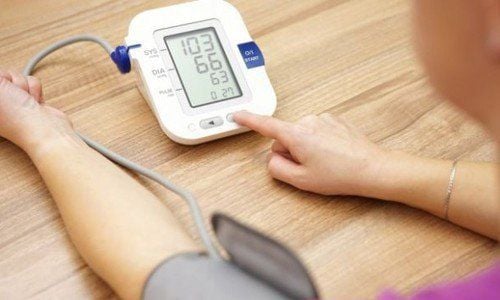
In many cases, patients can lower blood pressure with regular exercise, maintaining a healthy weight, a diet rich in fresh fruits, vegetables and low-fat dairy products, and limiting salt and Alcohol.
Monitor blood cholesterol: Cholesterol is an essential fat for health, but eating too many foods containing cholesterol can cause other complications. Higher-than-normal cholesterol levels can cause fatty deposits to build up in the arteries, impeding blood flow and increasing the risk of vascular disease.
Patients can make lifestyle changes such as limiting fat (especially saturated fat), eating more fiber, fresh fish and vegetables, exercising regularly, stopping smoking and drinking alcohol in moderation. .
Don't smoke: If the patient smokes and is unable to quit, talk to your doctor about measures to help you quit the habit. Smoking can increase your risk of cardiovascular disease, you should also avoid secondhand smoke.
Heart healthy diet: Patients should eat a diet low in salt, sugar and saturated fat. Instead, you should eat more whole grains, vegetables, and fruits.
Manage stress: To reduce your risk of heart problems, try to control your stress levels.
In summary, pulmonary edema is an excess of fluid in the lungs, pulmonary edema can cause many dangerous complications. Therefore, when you see any abnormal signs, it is necessary to immediately go to a medical facility for examination and timely treatment.
Patients with pulmonary edema can go to Vinmec International General Hospital for examination and treatment. Vinmec has a team of specialized respiratory medicine doctors with rich expertise and experience in the examination and treatment of diseases related to the respiratory system, capable of synchronously and effectively deploying diagnostic and therapeutic methods. the most advanced, with the support of a system of modern technical equipment according to international standards.
Please dial HOTLINE for more information or register for an appointment HERE. Download MyVinmec app to make appointments faster and to manage your bookings easily.






